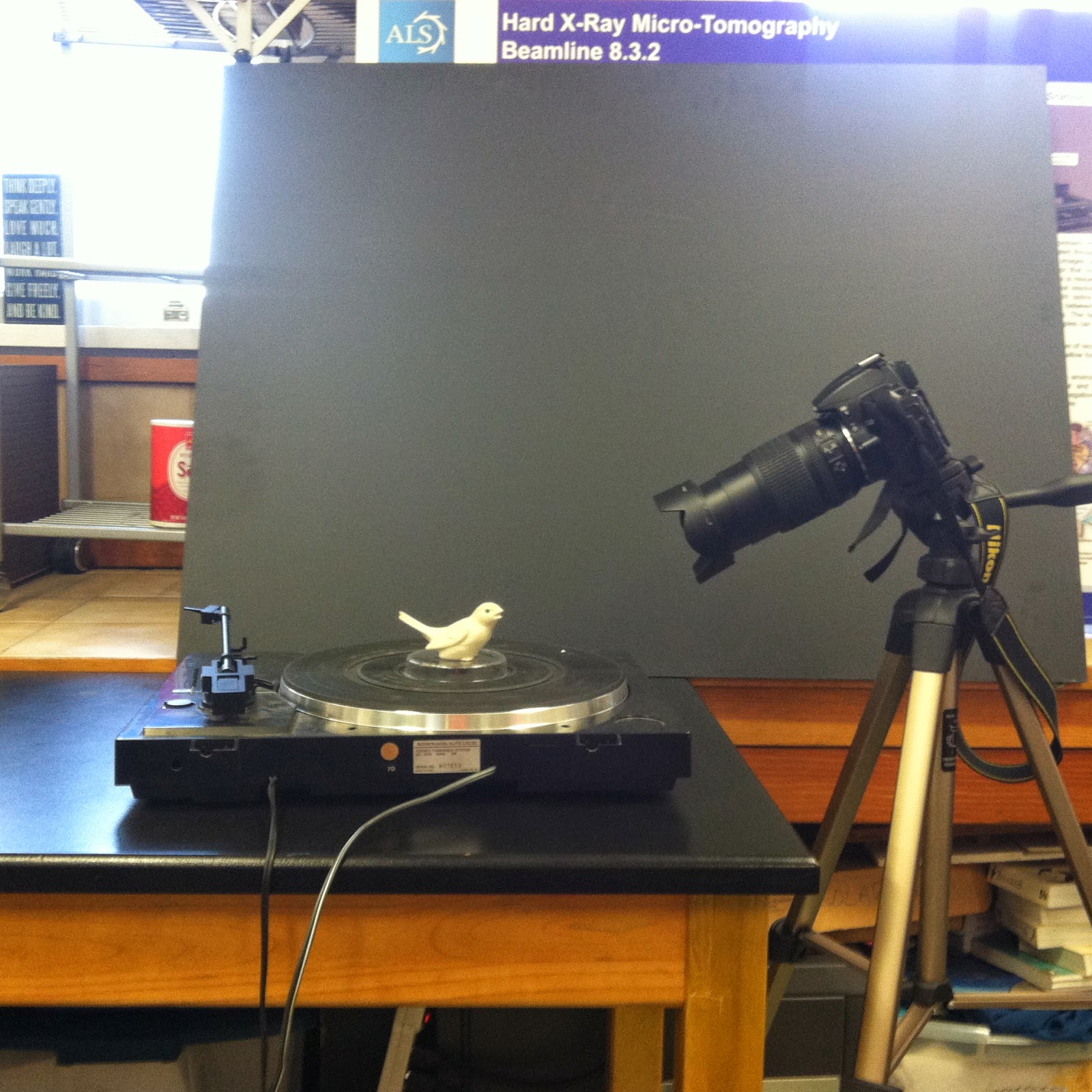The Delrin plungers on our Replicator Dual were wearing out and therefore making the filament slip and jam. So we could not print anything effectively on the Replicator. So some maintenance was needed.
An upgraded extruder is available and it was being used on some of the newer printers. Turns out, Makerbot already admitted that its extruders are kinda weak. In fact, right on their website Makerbot says, "another thing that can cause extrusion trouble is the deterioration of the Delrin plunger inside the Stepstruder." Makerbot is offering a FREE upgrade for the cost of shipping... for the Replicator 2, but not for the Replicator Dual.
We found our Replicator I replacement part on ebay, and Amazon. If we were less lazy, we could print one out on Thingiverse.
To replace the Delrin plunger follow this tutorial. To start, we had to take apart the extruders.
Then replacing the old black Delrin plunger with the new, 3D printed, gray one.
You can read more about the upgraded extruder here.
- by Abe (7th grade)
An upgraded extruder is available and it was being used on some of the newer printers. Turns out, Makerbot already admitted that its extruders are kinda weak. In fact, right on their website Makerbot says, "another thing that can cause extrusion trouble is the deterioration of the Delrin plunger inside the Stepstruder." Makerbot is offering a FREE upgrade for the cost of shipping... for the Replicator 2, but not for the Replicator Dual.
We found our Replicator I replacement part on ebay, and Amazon. If we were less lazy, we could print one out on Thingiverse.
To replace the Delrin plunger follow this tutorial. To start, we had to take apart the extruders.
 |
| Sam and Abe taking apart the Makerbot |
At one point, our teacher had to take deep breaths, thinking we might not ever get it back together.
 |
| This was taken is the maker bot with one of the extrudes. |
 |
| Here is a picture of the old plunger (left) and the new (right.) |
Then it printed!!!
 |
| The first full print |
- by Abe (7th grade)


.jpeg)
.jpeg)
.jpeg)






